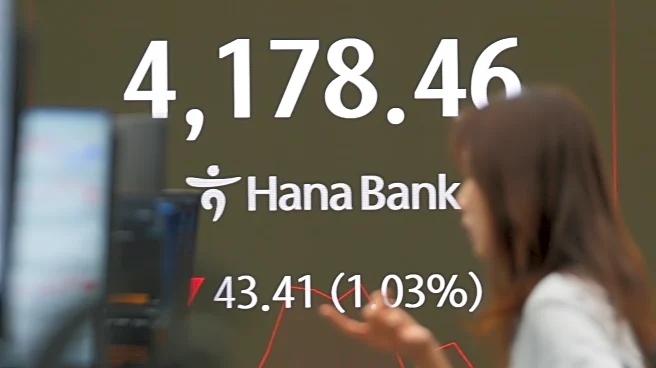What's Happening?
Japan has historically relied on the mitsumata shrub for its currency production. However, as the shrub began to die out, Japan sought alternatives and found a solution in the argeli crop, which grows
abundantly in the foothills of the Himalayas, particularly in Nepal. This low-value crop has been transformed into a cash crop by Japan, providing economic benefits to Nepalese farmers who previously struggled with crop losses due to wildlife. The shift has brought industry and investment to Nepal's villages, turning one of Asia's poorest countries into a supplier for one of its richest.
Why It's Important?
The adoption of argeli by Japan highlights the interconnectedness of global economies and the impact of agricultural shifts on local communities. For Nepal, this development offers a significant economic opportunity, potentially improving the livelihoods of farmers and fostering local industry growth. However, it also raises questions about sustainability and dependency, especially if Japan transitions to a cashless economy. The situation underscores the importance of diversifying economic activities to mitigate risks associated with single-crop reliance.
What's Next?
As Japan continues to utilize argeli for its currency production, Nepal may see increased investment and development in its agricultural sector. However, the potential shift towards a cashless economy in Japan could impact this newfound economic relationship. Nepal may need to explore additional markets or diversify its agricultural exports to ensure long-term economic stability.
Beyond the Headlines
The reliance on argeli for currency production raises ethical considerations regarding the exploitation of natural resources in developing countries. It also highlights the cultural significance of traditional currency in an increasingly digital world, prompting discussions on the future of physical money and its implications for global trade.













